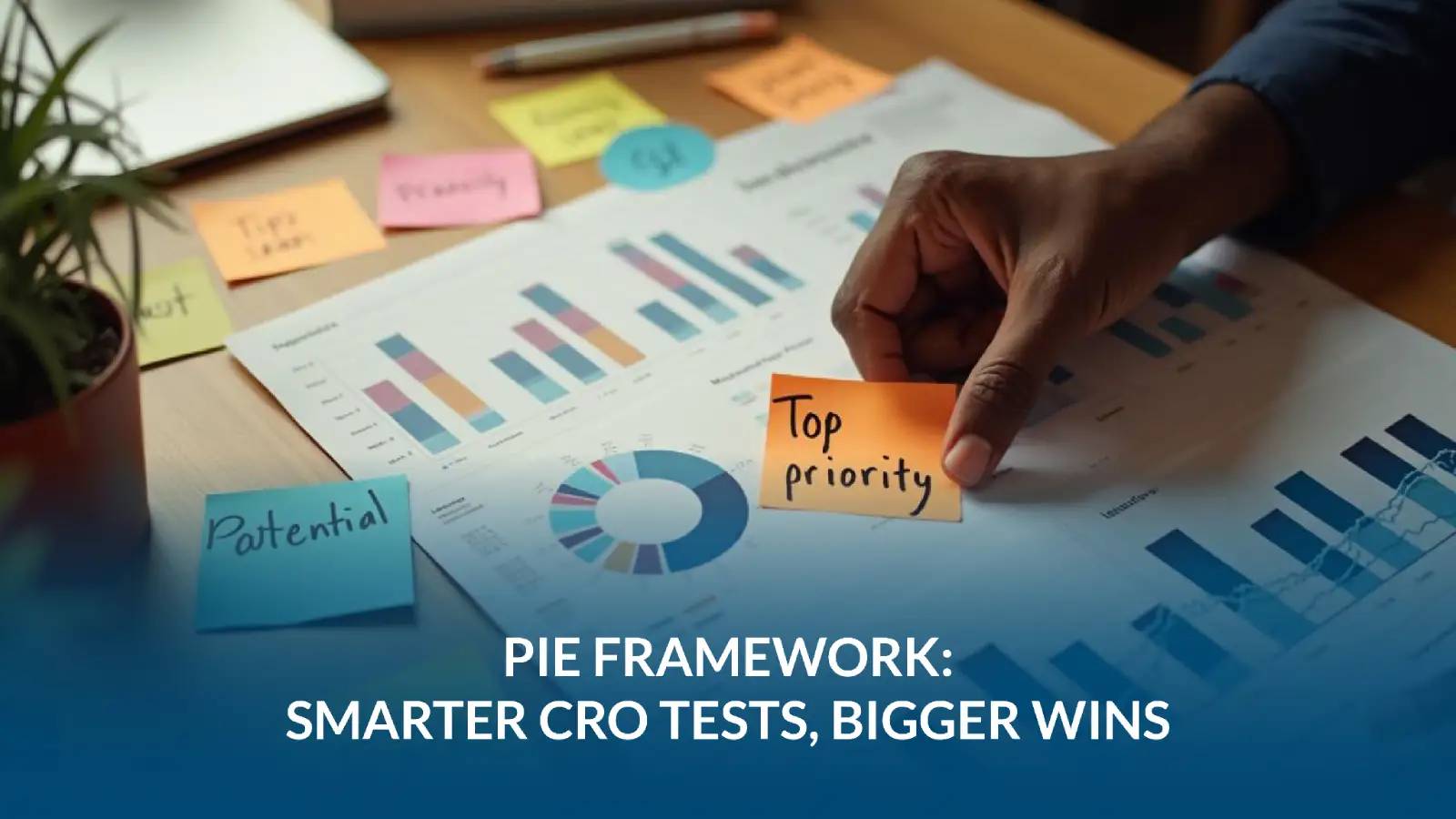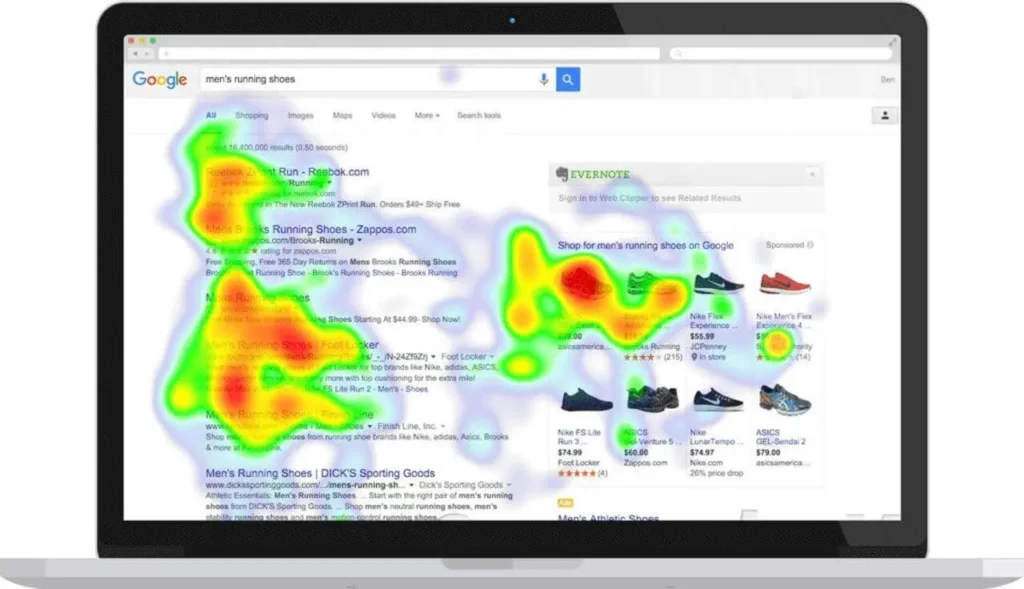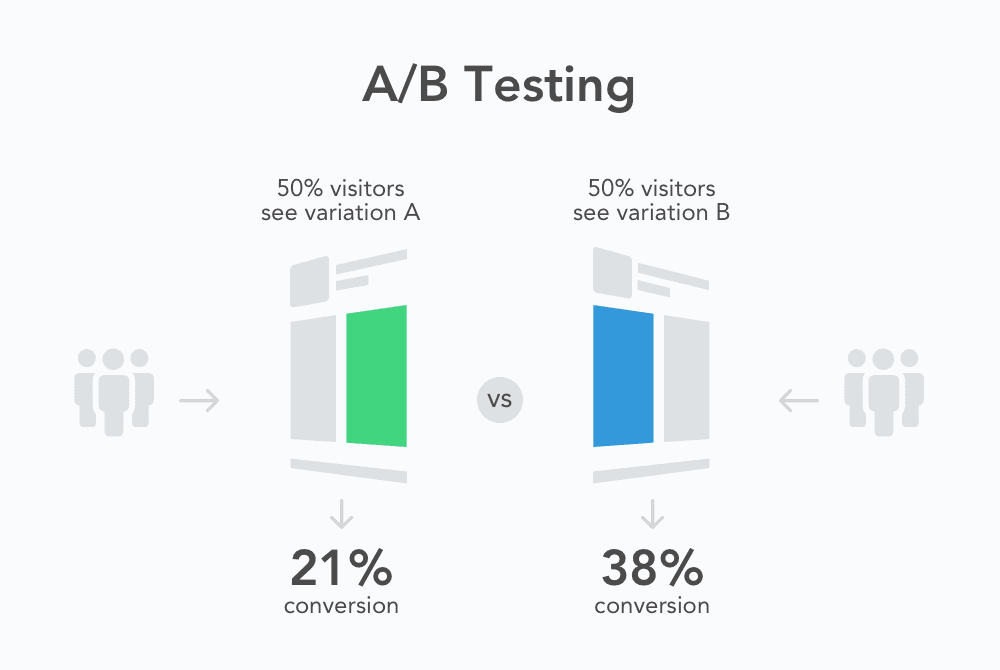In the competitive world of Sydney’s ecommerce landscape, businesses are constantly seeking effective strategies to stand out and drive growth. One of the most powerful tools for achieving this is test prioritization — a methodical approach to deciding which ideas and experiments to focus on first to maximize impact. With frameworks like PIE (Potential, Importance, Ease), ICE (Impact, Confidence, Ease), and PXL (Potential, Confidence, Leverage) gaining popularity, understanding how to apply them can transform your ecommerce optimization efforts. In this guide, we’ll explore each of these test prioritization frameworks, helping you make smarter, data-driven decisions that accelerate your Sydney ecommerce success.
1. Understanding Test Prioritization and Its Importance in Ecommerce
In the fast-paced world of ecommerce, especially in a competitive market like Sydney, making informed decisions quickly can be the key to success. Test prioritization is a strategic approach that helps businesses determine which experiments or optimizations to focus on first, ensuring that time, resources, and efforts are invested in initiatives that promise the greatest impact. Rather than testing ideas randomly or based solely on intuition, a structured prioritization framework allows ecommerce teams to systematically evaluate potential tests based on factors such as potential impact, ease of implementation, and confidence in success. This not only accelerates learning and improvement but also maximizes return on investment by reducing wasted efforts on low-value experiments. Understanding test prioritization is essential for Sydney ecommerce businesses aiming to optimize their websites and marketing strategies efficiently, leading to increased conversions, customer satisfaction, and ultimately, revenue growth.

2. Deep Dive into the PIE Framework: Evaluating Potential, Importance, and Ease
The PIE framework offers a straightforward yet powerful approach to prioritizing tests for your Sydney ecommerce site by evaluating three key factors: Potential, Importance, and Ease.
Potential gauges the estimated impact a given test could have on your business outcomes, such as increasing conversion rates, boosting average order value, or driving customer retention. When assessing potential, consider historical data, customer behavior insights, and market trends specific to the Sydney ecommerce landscape to identify opportunities with the highest upside.
Importance focuses on how critical the test is in relation to your overall business goals. For example, a test that addresses a major bottleneck in the checkout process or targets a high-traffic product page would score higher in importance than a low-visibility site element. Aligning importance with strategic priorities ensures your testing efforts contribute meaningfully to your ecommerce growth.
Ease evaluates the resources, time, and technical complexity required to implement the test. Tests that are quick and low-cost to execute but still offer substantial potential should be prioritized to maximize ROI. Factoring in ease helps balance ambition with practicality, so your team can maintain momentum without being bogged down by overly complex experiments.
By scoring each potential test across these three dimensions, Sydney ecommerce businesses can create a clear, data-driven roadmap for optimization. The PIE framework not only helps to spotlight the most promising opportunities but also streamlines decision-making, enabling teams to focus their efforts where they matter most. In a competitive market, this targeted approach can be the difference between incremental improvements and significant ecommerce success.
3. Exploring the ICE Framework: Balancing Impact, Confidence, and Ease
When it comes to optimizing your Sydney ecommerce business, effectively prioritizing tests can make all the difference between steady growth and wasted resources. The ICE framework is a popular method that helps teams balance three crucial factors: Impact, Confidence, and Ease.
Impact measures the potential effect a test could have on your key metrics, such as conversion rates or average order value. By estimating how much a particular change could improve performance, you ensure that your efforts focus on tests with the greatest payoff.
Confidence reflects how sure you are that the test will deliver the expected results. This is often based on data, previous experiments, or expert knowledge. High confidence means you have solid reasons to believe in the test’s success, reducing the risk of investing time and resources in low-probability wins.
Ease considers the amount of time, effort, and resources required to implement the test. Tests that are quick and inexpensive to execute naturally get higher scores, encouraging you to tackle low-hanging fruit that can deliver fast wins.
By scoring each potential test on these three dimensions and calculating an overall ICE score, you can objectively rank your testing ideas and focus on those that strike the best balance between meaningful impact, strong confidence, and manageable effort. This balanced approach is especially valuable in the fast-paced Sydney ecommerce market, where agility and smart resource allocation are key to staying ahead of the competition.
4. Leveraging the PXL Framework for Strategic Ecommerce Testing
When it comes to optimizing your Sydney-based ecommerce store, leveraging the PXL framework can be a game-changer in prioritizing your testing efforts strategically. The PXL framework—standing for Potential, eXperience, and Leverage—helps you evaluate and rank test ideas based on three critical dimensions to maximize impact and efficiency.
Potential assesses the expected value or impact of a test on your key business metrics, such as conversion rates or average order value. By estimating the possible uplift, you can focus on tests that promise meaningful improvements.
eXperience considers the ease and resources required to implement and execute the test. Tests that are simpler and quicker to deploy often provide faster insights and return on investment, which is especially valuable in a fast-paced ecommerce environment.
Leverage evaluates how widely applicable the test is across your website or marketing channels. Tests with higher leverage affect multiple touchpoints or customer segments, amplifying their overall benefit.
By systematically scoring each test idea against these three criteria, the PXL framework enables you to prioritize high-impact, low-effort experiments that can drive immediate and scalable growth. For Sydney ecommerce businesses competing in a bustling market, this strategic approach ensures your testing roadmap is both focused and aligned with your overarching business goals—making every test count towards optimized performance and sustained success.

5. Comparing PIE, ICE, and PXL: Choosing the Right Framework for Your Business
When it comes to optimizing your Sydney ecommerce business through effective test prioritization, selecting the right framework is crucial. The PIE, ICE, and PXL frameworks each offer unique approaches to help you decide which experiments to run first, maximizing your resources and driving meaningful results.
The PIE framework focuses on three core factors: Potential, Importance, and Ease. It encourages you to evaluate how much impact a test could have, how critical the area is to your business goals, and how simple it is to implement. This method is straightforward and particularly useful for businesses looking for a balanced approach that weighs both impact and feasibility.
On the other hand, the ICE framework assesses Impact, Confidence, and Ease. While similar to PIE, ICE places a stronger emphasis on your confidence in the test’s success based on data or intuition. This makes ICE especially valuable for startups or businesses experimenting in new markets like Sydney, where historical data might be limited.
The PXL framework takes a more comprehensive approach by combining Potential, Ease, and a Level of confidence metric, but it often incorporates additional qualitative factors tailored to your business context. PXL is ideal for companies seeking a nuanced prioritization strategy that factors in both quantitative data and subjective insights.
Choosing the right framework depends on your business’s size, data availability, and strategic priorities. For example, if you’re looking for a simple, quick-to-apply method, PIE might be your best bet. If you require a confidence-driven approach that factors in uncertainty, ICE could serve you well. For a deeper, customized analysis, PXL offers flexibility and depth.
Ultimately, understanding the strengths of each framework empowers Sydney ecommerce businesses to prioritize tests effectively, reduce wasted effort, and accelerate growth in a competitive market.
6. Implementing Test Prioritization Frameworks to Boost Your Sydney Ecommerce Success
Implementing test prioritization frameworks like PIE, ICE, and PXL can significantly enhance your Sydney ecommerce success by helping you focus on the most impactful experiments first. These frameworks provide a structured approach to evaluating and ranking potential tests based on key factors such as potential impact, ease of implementation, and confidence in results.
The PIE framework assesses tests through three lenses: Potential, Importance, and Ease. By scoring each test against these criteria, you can identify initiatives that promise the highest returns with manageable effort. Similarly, the ICE framework—Impact, Confidence, and Ease—helps prioritize tests by balancing expected outcomes with the certainty of success and resource requirements. Meanwhile, the PXL framework adds an extra dimension by incorporating user experience and data-driven insights, ensuring that your testing strategy aligns closely with customer behavior and preferences.
For Sydney ecommerce businesses, where competition is fierce and consumer expectations are high, leveraging these frameworks enables you to allocate resources wisely and accelerate growth. By systematically prioritizing your tests, you avoid wasting time on low-value initiatives and instead concentrate on experiments that drive conversions, improve user engagement, and ultimately boost revenue. Integrating test prioritization frameworks into your optimization process equips your team with clarity and focus—key ingredients to thriving in Sydney’s dynamic ecommerce landscape.
7. Common Pitfalls and Mistakes in Test Prioritization (and How to Avoid Them)
When it comes to test prioritization in Sydney’s competitive ecommerce landscape, avoiding common pitfalls is crucial to ensuring your optimization efforts deliver meaningful results. One frequent mistake is neglecting to align tests with clear business goals. Without a strong connection to key objectives—whether that’s increasing conversion rates, average order value, or customer retention—tests may yield data that is interesting but ultimately irrelevant. To avoid this, always start by defining what success looks like and use frameworks like PIE, ICE, or PXL to prioritize tests based on impact, confidence, and ease in relation to these goals.
Another common error is overloading your testing pipeline with too many experiments at once. While it’s tempting to test everything, spreading resources too thin can lead to inconclusive results and slow down decision-making. Prioritize quality over quantity by focusing on high-impact tests first, and ensure you have the bandwidth to properly analyze outcomes before moving on.
Additionally, many teams underestimate the importance of data integrity and consistent measurement. Inaccurate tracking or inconsistent key performance indicators (KPIs) can lead to misleading conclusions, causing you to optimize in the wrong direction. To safeguard against this, establish robust analytics setups and regularly audit your data to maintain accuracy.
Lastly, ignoring the value of iterative learning can be detrimental. Treat each test as part of a larger optimization journey rather than a one-off event. Document findings, revisit past tests, and continuously refine your prioritization framework to adapt to changing market dynamics and customer behaviors.
By being mindful of these pitfalls and proactively addressing them, Sydney ecommerce businesses can leverage test prioritization frameworks effectively to drive sustained growth and maximize ROI.
8. Building a Scalable Experimentation Roadmap for Continuous Growth
Building a scalable experimentation roadmap is crucial for driving continuous growth in Sydney’s competitive ecommerce landscape. By strategically prioritizing tests and iterating on insights, businesses can make data-driven decisions that maximize impact while efficiently allocating resources. Start by clearly defining your overarching business goals—whether it’s increasing conversion rates, improving average order value, or enhancing customer retention. Next, leverage prioritization frameworks like PIE (Potential, Importance, Ease), ICE (Impact, Confidence, Ease), or PXL to evaluate and rank your ideas based on their expected value and feasibility. This structured approach ensures that your team focuses on experiments that offer the highest return on investment. As you build your roadmap, plan for regular review cycles to assess test outcomes, incorporate learnings, and adjust priorities accordingly. Additionally, consider scalability by documenting processes, standardizing measurement criteria, and fostering cross-functional collaboration among marketing, product, and analytics teams. With a well-designed experimentation roadmap, Sydney ecommerce businesses can continuously optimize their strategies, adapt to changing market dynamics, and unlock sustained growth over time.

If you found this article helpful and need help with your website conversion, contact us for a FREE CRO Audit




